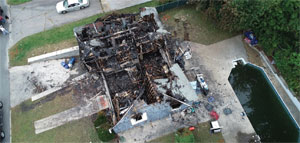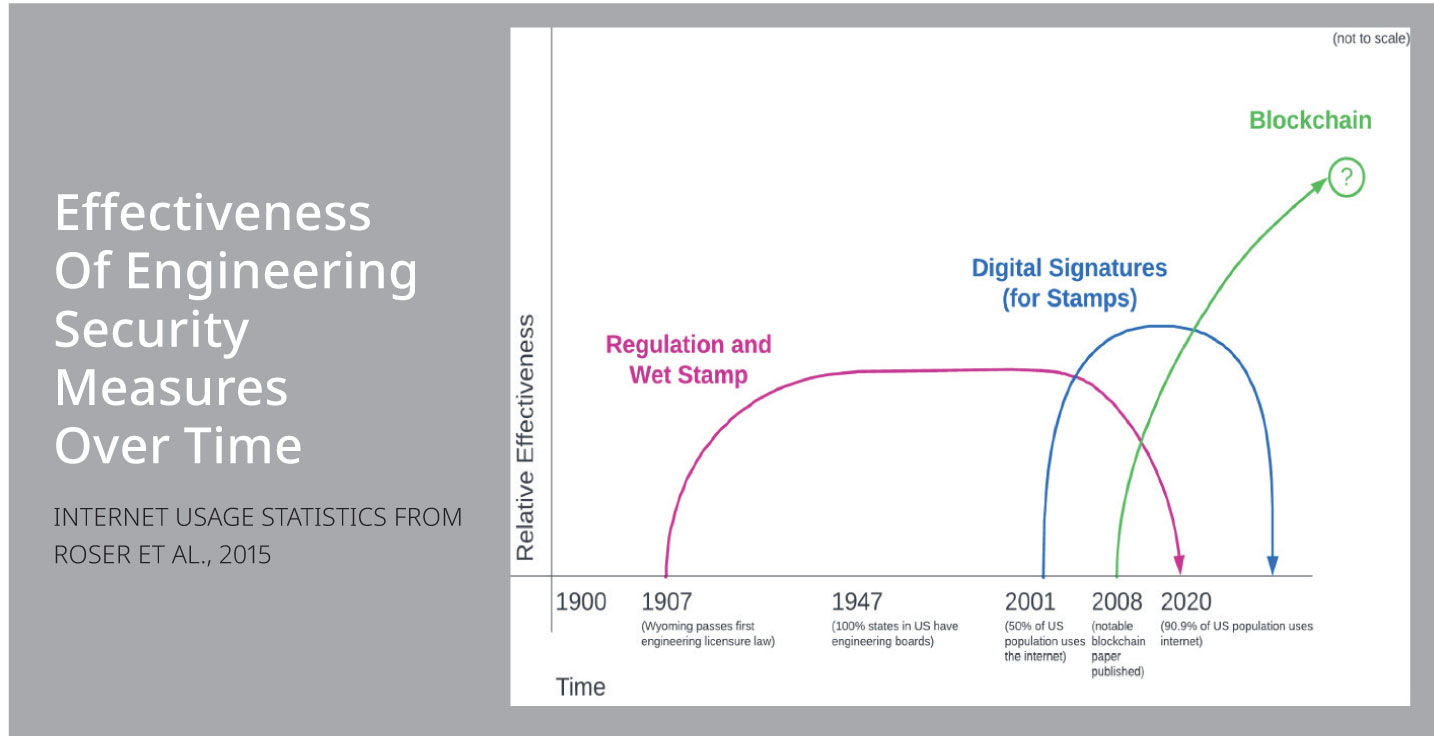November/December 2018
Communities: Construction
The Ongoing Challenge of Improving Pipeline Safety
The series of natural gas explosions in Massachusetts in September, CNN reported, were compared to “Armageddon” by one local fire rescue chief. Thousands of people were temporarily forced from their homes, one person was killed, and at least five homes were destroyed.
Just three days earlier, a pipeline explosion in Beaver County, Pennsylvania, destroyed one home, closed an interstate, forced evacuations, and put residents on edge. No injuries were reported.
For those in engineering and construction as well as the public, the catastrophes were frightening reminders that pipeline safety cannot be taken for granted. Industry representatives and regulators know that pipeline safety has improved, but they also know more needs to be done.
According to the Pipeline and Hazardous Materials Safety Administration, the number of serious incidents (those involving fatality or injury requiring hospitalization) has declined over the past 20 years, from a high of 70 in 1998 to 25 in 2017. In the same time period, the annual number of significant incidents has not varied greatly and averages 286 per year.
Excavation damage is one of the leading causes of pipeline accidents resulting in injuries and fatalities, according to PHMSA. Although other factors appear to have contributed to the incidents in Massachusetts and Pennsylvania, damage to an underground utility line takes place every six minutes.
Michael Tuttman, P.E., a civil engineer at Robson Forensic Inc. with more than 25 years of experience, says responsibility for accidents is not always clear, even though contractors on large projects run by municipalities and state departments of transportation are required to have a safety plan, including procedures in case of underground utility damage.
Incidences, he says, “can be a result of improper or missing mark-out, or the damage might have occurred on a large jobsite where accountability is shared by multiple parties or contractors.”
Tuttman, whose expertise covers a wide array of disciplines ranging from transportation design to heavy construction and construction inspection, adds that unless an underground facility was mismarked, the contractor will be held responsible for all costs resulting from the damage and its repair. In the case of a transmission line (transmitting large quantities of natural gas, fuel, or electric power between utility facilities), or even a large distribution line (distributing natural gas, fuel, or electric power from a central location to area residences and businesses), costs can easily run into five or six figures.
In an August 2017 report to Congress, PHMSA noted a reduction in both the numbers and percentages of serious accidents caused by excavation damage. (The preliminary report on the investigation into the natural gas explosions in Massachusetts points to system over-pressure during a pipe replacement project, not excavation damage.)
Some of the safety improvement can be attributed to the one-call systems that have developed over the last 20 years. In 2007, 811 was established as the nationwide one-call number. When an initial call is made to 811, according to PHMSA, no damage occurs in 99% of the cases.
Even though 811 improves safety, state requirements for locating, marking, and notification vary, and shortcomings in mapping are a significant problem. Although most utility companies and municipalities have maps, some do not. And the maps they do have are sometimes out of date, inaccurate in scale, approximate, or incomplete.
While increased communication between utility operators and providers is helpful to avoid accidents, Tuttman adds that technology also plays an important role. Advances in ground-penetrating radar, for example, have made it easier for utility providers to accurately locate underground facilities. The technology is more complicated and expensive than conventional mark-out techniques, but it could be vital in the future.
Other developing technologies that could help improve safety include GPS, acoustic-based locating technology, radio frequency identifying tags, and predictive analytic tools. PHMSA reports, however, that there is no national or industry-wide implementation of specific technology, with few exceptions such as one-call.
Robert Grawe, P.E., the transmission line engineering manager of American Electric Power’s Ohio region, sees other factors in play: Continuing education as well as knowledge of ethical engineering practice will help professionals to maintain and uphold industry safety standards.
“Staying safe is the number one goal, and staying safe around operating and maintaining underground power systems, both distribution and transmission, is essential,” he says. “It’s important that utility professionals learn how to find out the latest information on safety through monitoring efforts of underground power systems.”


 Volunteering at NSPE is a great opportunity to grow your professional network and connect with other leaders in the field.
Volunteering at NSPE is a great opportunity to grow your professional network and connect with other leaders in the field. The National Society of Professional Engineers (NSPE) encourages you to explore the resources to cast your vote on election day:
The National Society of Professional Engineers (NSPE) encourages you to explore the resources to cast your vote on election day: IN SEPTEMBER, A SERIES OF NATURAL GAS EXPLOSIONS IN MASSACHUSETTS KILLED ONE PERSON, DESTROYED FIVE HOMES, AND TEMPORARILY FORCED THOUSANDS OF PEOPLE FROM THEIR HOMES. NTSB
IN SEPTEMBER, A SERIES OF NATURAL GAS EXPLOSIONS IN MASSACHUSETTS KILLED ONE PERSON, DESTROYED FIVE HOMES, AND TEMPORARILY FORCED THOUSANDS OF PEOPLE FROM THEIR HOMES. NTSB


